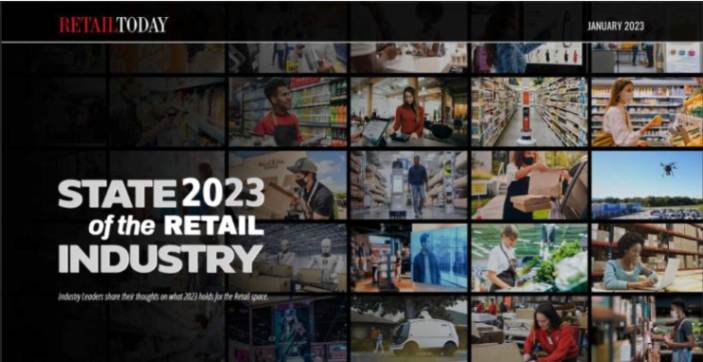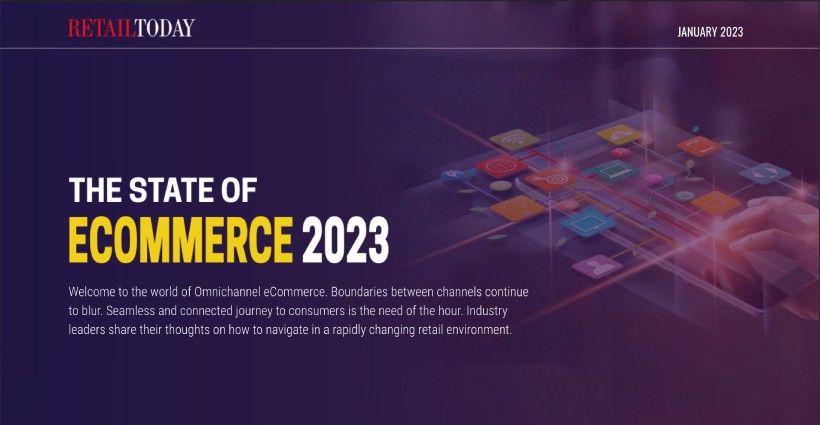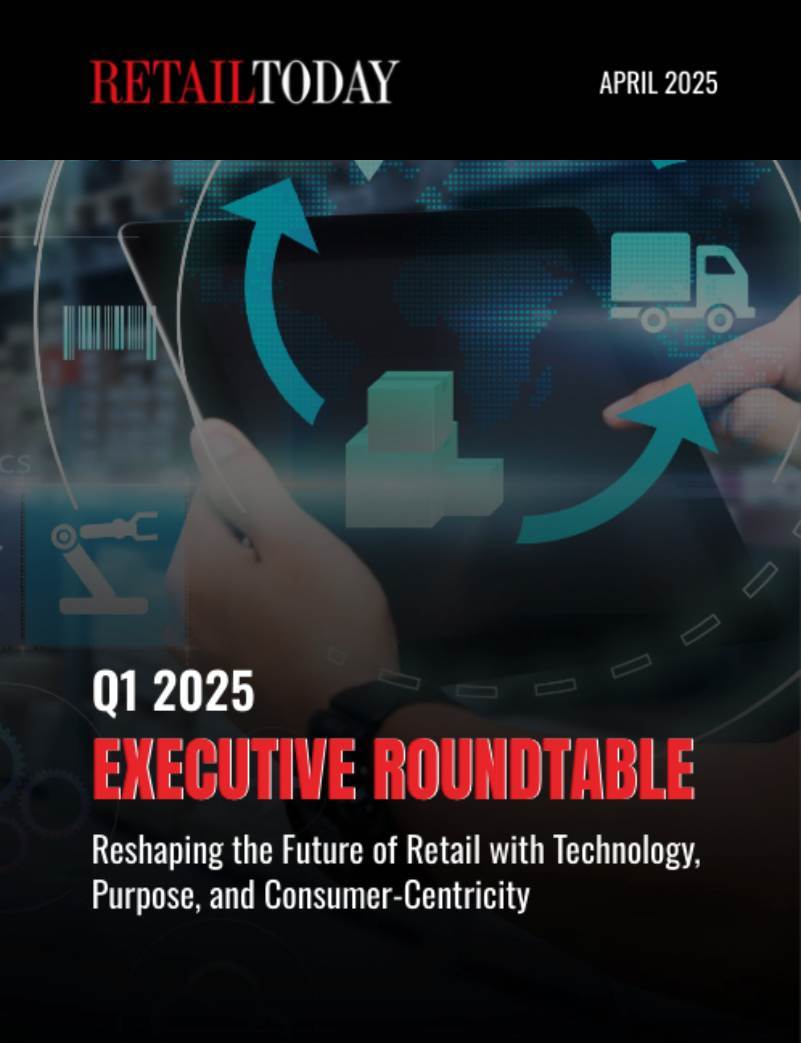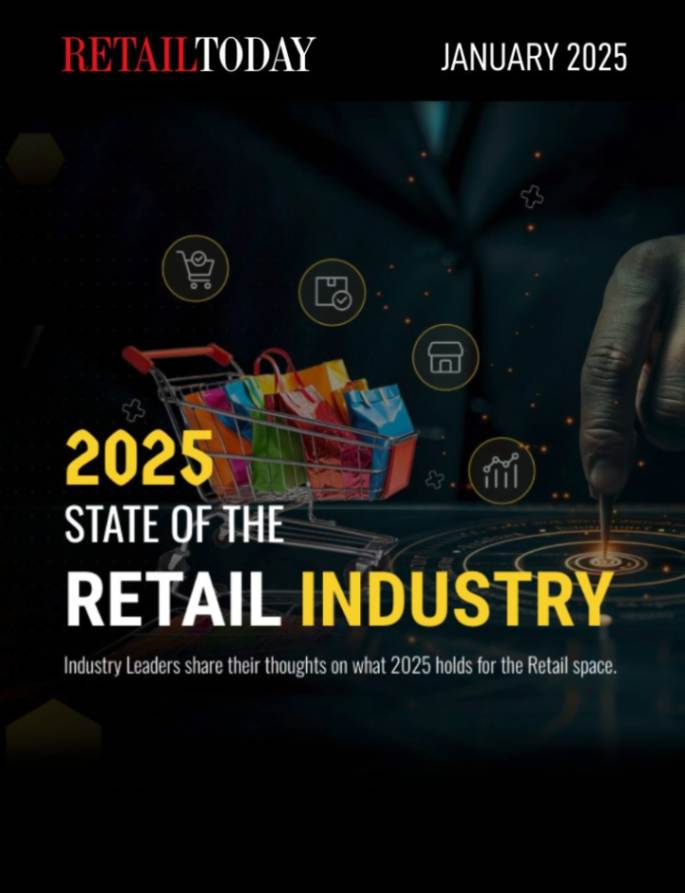
High inflation and consumer debt are rampant—and a terrible combination for the economy as consumers find themselves spending more to buy less. According to the Federal Reserve Bank of New York, “Total household debt rose by $212 billion to reach $17.5 trillion in the fourth quarter of 2023.” Add to that the fact that the U.S. Bureau of Labor Statistics reports a steadily increasing consumer price index (CPI) and it’s clear that many shoppers will continue to be discerning with their shopping decisions this year—no matter the occasion.
But there’s a bright spot for marketers: having strategic, engaging campaigns in place early in the year will pay dividends during the back half of the year and through the winter holidays. And it all starts now with planning smart back-to-school (BTS) and back-to-college (BTC) campaigns.
It may be Q2, but now is the time for retailers to think about how to attract consumers during the late summer and early fall shopping seasons to stay top of mind and to build engagement through the end of the year. In our experience, this strategy pays off in spades for our partners. Here’s why capturing BTS/BTC consumer spend is more important than ever:
- Combined, BTS and BTC Are the Most Lucrative Shopping Occasions All Year
According to the National Retail Federation (NRF), BTS and BTC spending is surprisingly and highly lucrative—with BTC even exceeding winter holiday spend. In 2023, the average consumer spend for BTC exceeded every other gifting and shopping occasion ($1,366.95/consumer on average) with BTS coming in third ($809.07/consumer on average). For context, consumers spent $874.67 on average last winter holiday shopping season.
- BTS/BTC Shopping Can Encourage Future Brand Engagement Across Channels
Thanks to increasingly digitized and omnichannel shopping, reward-based marketing campaigns can create cross-channel engagement when shoppers go to redeem their rewards. This means that offering incentives during BTS/BTC campaigns can bring consumers back to your app, store, or website when it’s time to shop for the winter holidays, particularly if you offer elevated incentives. Many shoppers will be looking for ways to save, and rewards foot the bill—literally. We’ve seen brands that secure BTS/BTC sales drive considerably higher spend from those same shoppers during the winter holidays compared to newly acquired shoppers.
- Personalized Offers Have Never Been More Popular—And Possible
Strategic marketers don’t just focus on one-and-done sales; instead, they consider customer lifetime value (CLV) and prioritize ongoing engagement to ensure lasting loyalty and spending. By collecting data on which promotions work best during the BTS/BTC shopping season, you can fine tune their winter strategy down to an individual level. With many people actively seeking deals—perhaps even going so far as to start shopping early for the winter holidays—there are multiple touchpoint opportunities for brand engagement via smart, tailored rewards.
BTS/BTC season offers a plethora of marketing opportunities, and with the convergence of these shopping occasions and an economy of debt, marketers need to pay close attention to their reward and incentive mix—specifically, card-linked offers (CLOs) that unlock a cache of informative shopper data. There are many often-overlooked strategies you can leverage to secure sales this summer and fall that will continue to drive engagement into the new year and beyond:
- Make everything personal to drive acquisition and ongoing engagement. By using historic BTS/BTC spend data and card-linked technology, and leveraging artificial intelligence (AI), marketers can customize future, highly personalized offers that will be relevant to shoppers as the holiday season approaches. Since these deals will resonate at an individual level, shoppers will be more likely to use and appreciate them—driving potential up- and cross-sell opportunities. As a bonus, you can attribute spending to the card linked offer to prove return on your marketing investment —helping protect your budget and demonstrate your contributions to your company’s bottom line.
- Turn to more fruitful offers. Card-linked offers (CLOs) are offers that benefit merchants and shoppers alike. The right partner can help you structure CLOs in strategic ways that incentivize initial BTS/BTC sales quickly while also nurturing long-term brand engagement that translates into future sales. Some of these promotions can even be facilitated through consumers’ credit and debit card programs—empowering cardholders to earn the type of reward they most prefer while enticing them to shop repeatedly with your brand. When considering different types of programs marketers should look for multiple reward options (e.g. points, miles, cashback) so consumers can earn rewards in their preferred reward currency, feel more loyal to your brand and come back during the winter holidays.
- Offer digital rewards that keep you connected to shoppers no matter where they are. Not only are digital rewards extremely versatile, but they encourage shoppers to make purchases via the channels they find most convenient since they can be redeemed in-app, in-store, or online via card reward programs. Cross-channel redemption can help your brand collect fresh data on shopper trends, drive footfall in-store, increase basket size, and engage customers almost anywhere.
- Boost your in-store experience to drive ongoing loyalty. BTS/BTC shopping often occurs in-person, especially in states where tax free shopping weeks coincide with these shopping occasions. According to Deloitte, in-store experiences are top growth opportunities for retailers, as many consumers report feeling trust toward brands they interact with in-person. Linking digital offers to drive in-store foot traffic can be a smart way to help reduce returns, save shipping costs, encourage impulse buys, and nurture face-to-face brand interactions that can build long-term loyalty. Digital offers can also gather data that directly ties into your marketing program to better inform your strategy and prove ROI; other channels like those offered via TV advertising don’t boast these capabilities.
Amazon Prime Day typically kicks off the official BTS/BTC shopping season—which is quickly morphing into a non-stop Q3/Q4 shopping extravaganza. Successfully engaging shoppers as Q3 begins by planning now will help you optimize and prove ROI on your marketing spend by maximizing campaign performance—which can also help you cut costs in a variety of ways. For instance, according to Deloitte, “…bargain-hunting consumers skipping from source to source…” have increased acquisition costs 222% over the course of the last decade. This puts the squeeze on marketers (and their budgets) to ensure spend is optimized and you’re getting significant return on your investments. Retail marketers must align merchandising goals with consumer purchasing patterns to position themselves for success in Q4.
Ed Wogan leads the team responsible for scaling Valuedynamx‘s network of content. His priorities also include expanding distribution and leveraging the value of the data the company aggregates. This supports many of the unique strategic partnerships which he is responsible for building, as well as the Valuedynamx Marketplace. With a proven track record of success, Ed has delivered growth and revenue in digital, print, media, and data solutions. Ed has a passion for driving innovation with key merchant partners. He has worked closely with retailers Kroger, CVS, Walmart, Walgreens, Ahold USA, Supervalu/UNFI, Albertsons, Target, 7 Eleven, and Sobeys, to name just a few.






